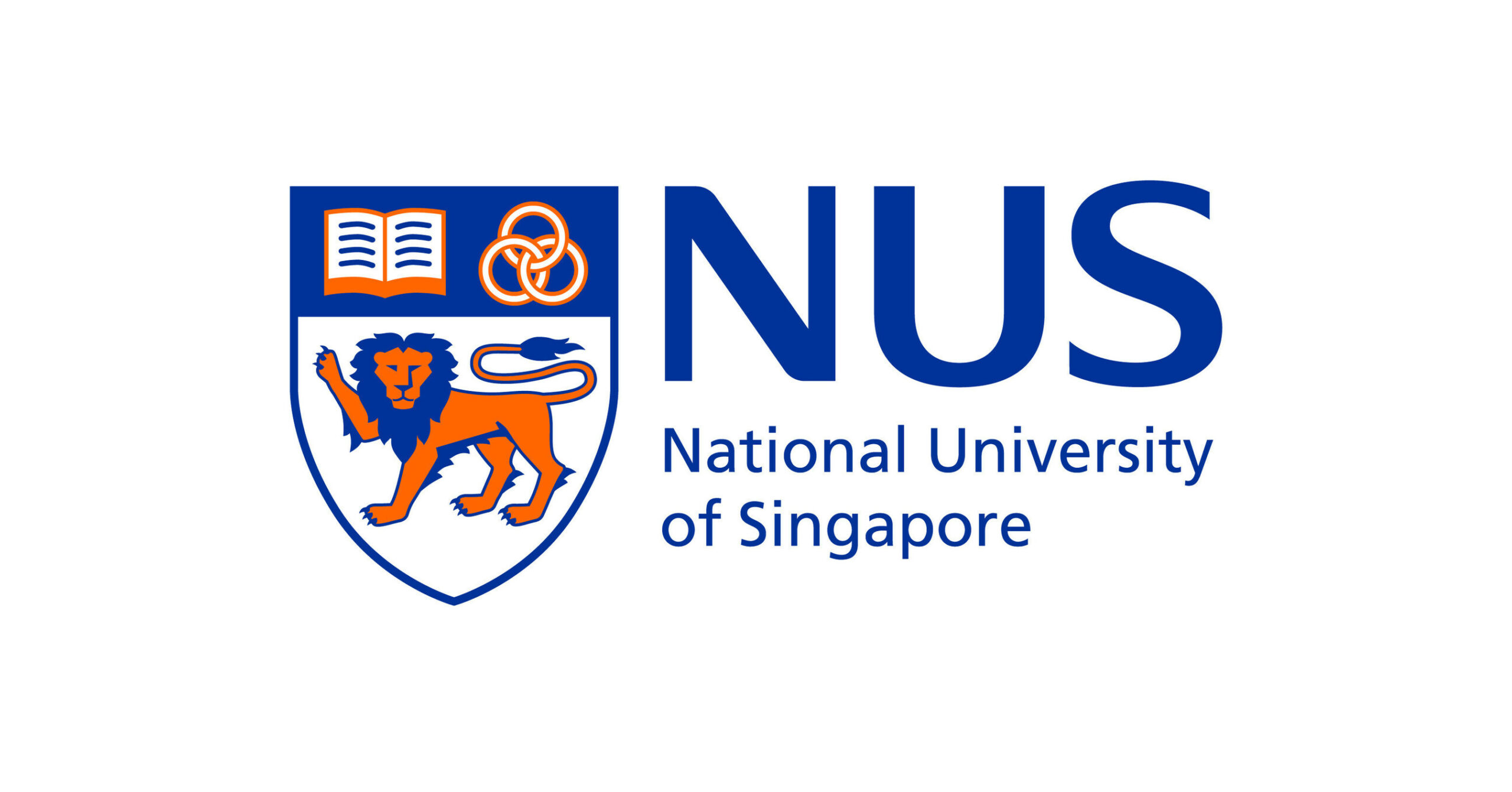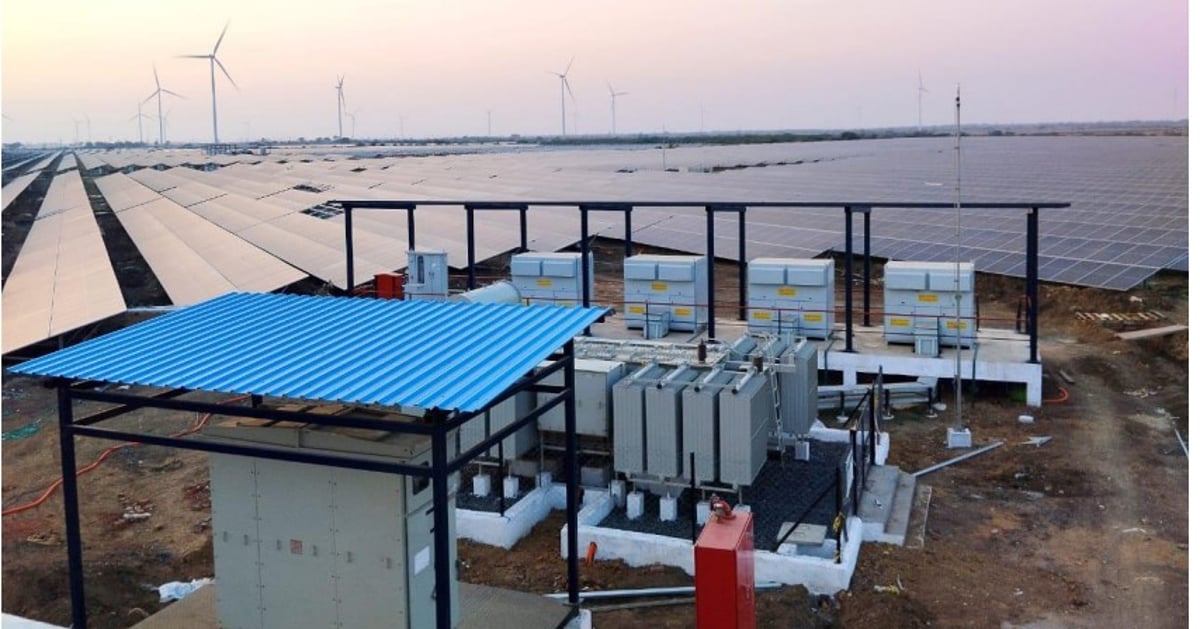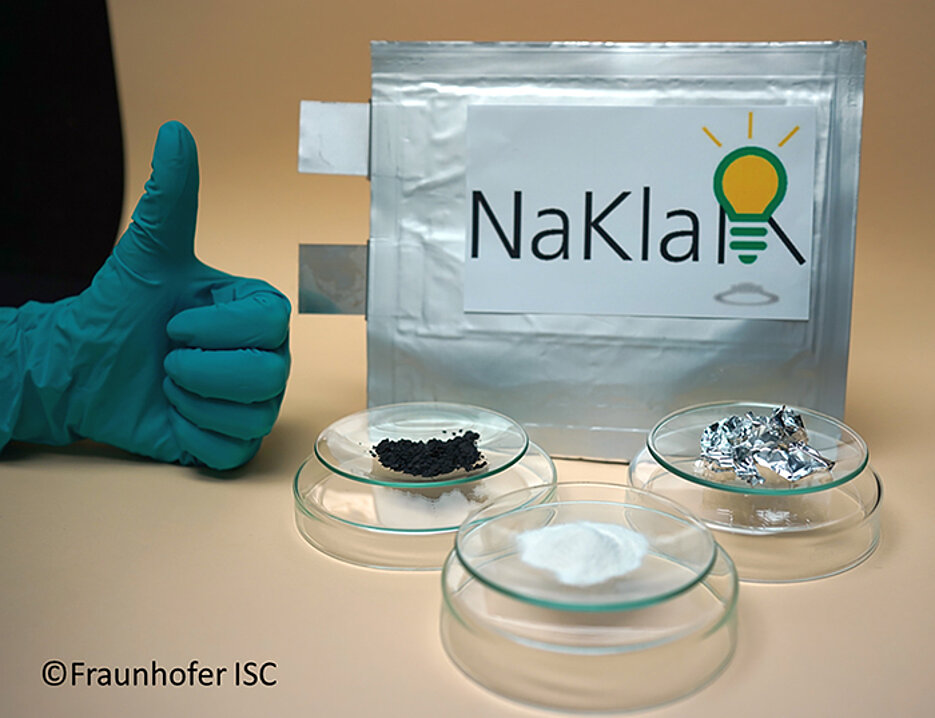Breakthrough in Solar Technology: NUS Sets World Record with 27.1% Efficiency
Researchers from the National University of Singapore (NUS) have unveiled a groundbreaking achievement in solar energy technology. The team, led by Assistant Professor Hou Yi, introduced a new triple-junction perovskite/Si tandem solar cell, setting a world-record power conversion efficiency of 27.1% across a 1 sq cm solar energy absorption area.
Cyanate-Integrated Perovskite Solar Cell
To enhance stability and efficiency, the team engineered a cyanate-integrated perovskite solar cell. This innovation, a result of 15 years of research, marks the first experimental evidence of cyanate’s inclusion in perovskites to boost stability and power conversion efficiency. Published in Nature on March 4, 2024, this development holds promise for the future of solar cell technology.
Advancements in Multi-Junction Solar Cells
Multi-junction solar cells, comprising layers of different photovoltaic materials, aim to increase efficiency. However, existing technologies face challenges such as energy loss and device instability. NUS’s triple-junction perovskite/Si tandem solar cell overcomes these issues, outperforming other similar technologies.
The Role of Cyanate in Solar Cell Fabrication
The NUS team experimented with cyanate, a novel pseudohalide, as a substitute for bromide in perovskites. This substitution helped stabilize the perovskite structure, leading to increased voltage and reduced energy loss. The cyanate-integrated perovskite solar cell demonstrated stability, remaining operational above 96% capacity after 300 hours of continuous maximum power operation.
Future Directions in Solar Research
With the theoretical efficiency of triple-junction perovskite/Si tandem solar cells exceeding 50%, the NUS team aims to upscale the technology to larger modules without compromising efficiency and stability. Future research will focus on innovations at interfaces and perovskite composition to further advance this technology.
This breakthrough not only sets a new standard for solar efficiency but also opens avenues for the development of highly efficient and stable solar cells, paving the way for a more sustainable future.
Source:prnewswire.com





